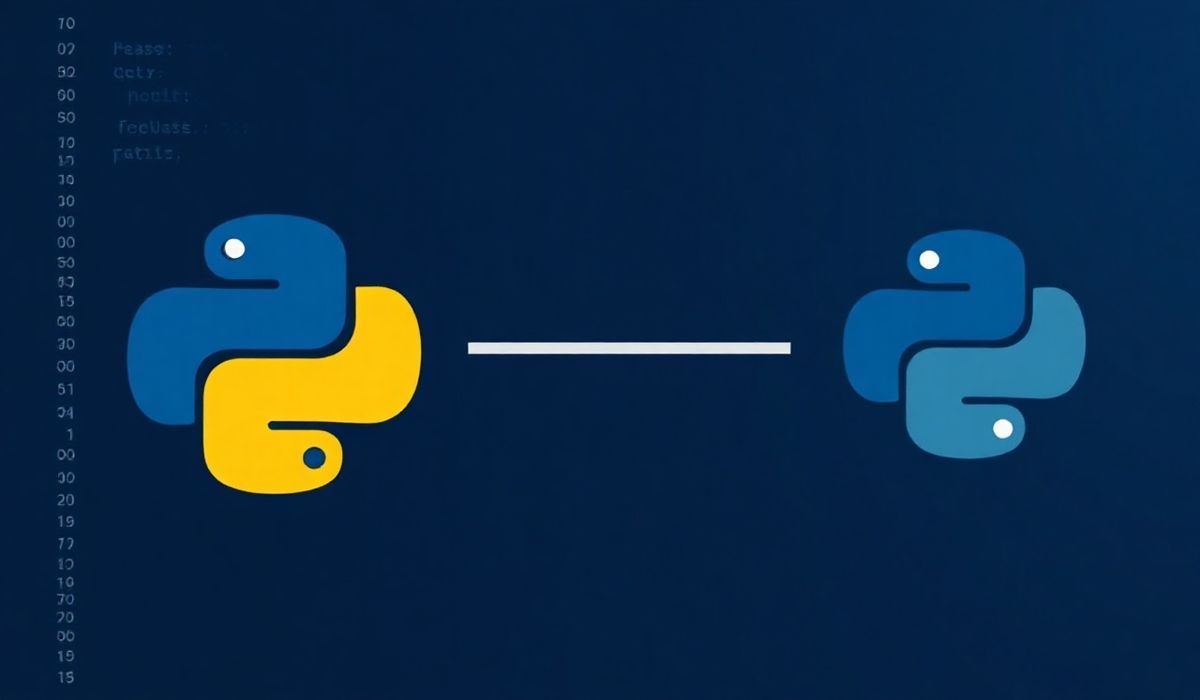Introduction to async-timeout in Python
In the world of asynchronous programming in Python, async-timeout is an essential library for managing timeouts in asynchronous functions. This guide aims to provide a comprehensive overview of the async-timeout library, including detailed explanations of its API and practical code snippets.
What is async-timeout?
The async-timeout library provides a simple way to set a timeout limit for asynchronous operations in Python. It is particularly useful in situations where you need to ensure that an operation does not run indefinitely, which can be critical for maintaining application performance and reliability.
Basic Usage
The primary tool provided by the async-timeout library is the timeout function. This function can be used within an async with statement to impose a timeout limit on an asynchronous operation.
import asyncio
import async_timeout
async def example():
try:
async with async_timeout.timeout(5):
await asyncio.sleep(10)
except asyncio.TimeoutError:
print("Operation timed out")
asyncio.run(example())
In this example, the operation is expected to finish within 5 seconds. Since asyncio.sleep(10) exceeds this limit, a TimeoutError is raised after 5 seconds.
Advanced Features
Nested Timeouts
The async-timeout library supports nested timeouts, allowing you to manage different timeout levels in your asynchronous code.
import asyncio
import async_timeout
async def nested_example():
try:
async with async_timeout.timeout(10):
async with async_timeout.timeout(5):
await asyncio.sleep(6)
except asyncio.TimeoutError:
print("Nested operation timed out")
asyncio.run(nested_example())
In this example, the nested timeout of 5 seconds will raise a TimeoutError, even though the outer timeout is set to 10 seconds.
Timeout Value
You can dynamically set the timeout value using a variable, making the timeout length adaptable to different conditions.
import asyncio
import async_timeout
async def dynamic_timeout_example(timeout_duration):
try:
async with async_timeout.timeout(timeout_duration):
await asyncio.sleep(timeout_duration + 1)
except asyncio.TimeoutError:
print("Operation timed out at", timeout_duration, "seconds")
asyncio.run(dynamic_timeout_example(3))
This will raise a TimeoutError after 3 seconds, showcasing the dynamic adjustment of the timeout period.
Real-World Application Example
Here is an example of applying async-timeout in a real-world application such as a web scraper. This example demonstrates how to use the library to ensure that each HTTP request completes within a specified time limit.
import asyncio
import async_timeout
import aiohttp
async def fetch(session, url):
try:
async with async_timeout.timeout(10):
async with session.get(url) as response:
return await response.text()
except asyncio.TimeoutError:
return "Request timed out"
async def run_scraper(urls):
async with aiohttp.ClientSession() as session:
tasks = [fetch(session, url) for url in urls]
results = await asyncio.gather(*tasks)
for result in results:
print(result)
urls = ['http://example.com', 'http://example.org', 'http://example.net']
asyncio.run(run_scraper(urls))
In this web scraper example, each HTTP request is given a timeout of 10 seconds. If any request takes longer than this period, a TimeoutError is raised, and the corresponding result is set to “Request timed out”.
By using the async-timeout library, you can efficiently handle timeouts in your asynchronous Python applications, ensuring that your operations are performed within the desired timeframe.
Hash: 425c50d64e9a0b44a9037b82e1727226e874076a211db7d5b7c3837e968aba6b




